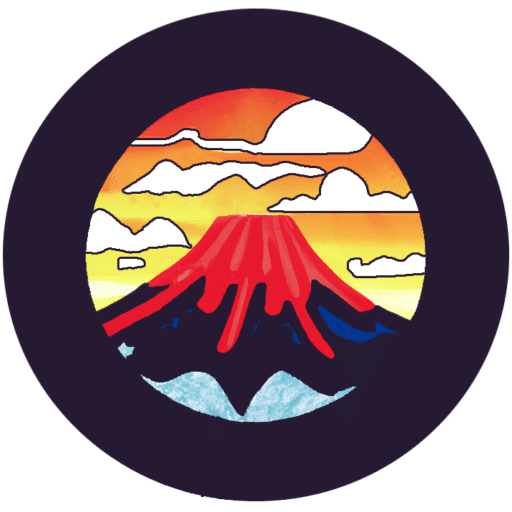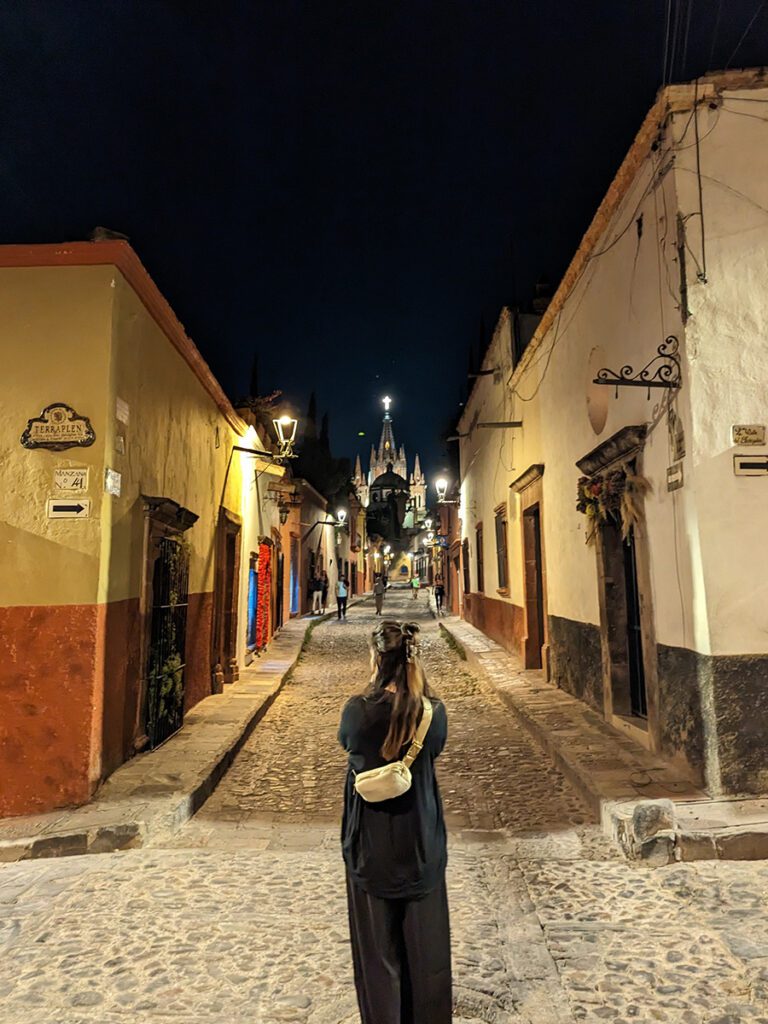
Managing Pain Flares on the Go | Holiday Health
The best way to manage pain flares on vacation is to be proactive. Pain flares are sudden and often unexpected increases in pain intensity. They can ruin your travel plans and make it difficult to enjoy your vacation. By being proactive and prepared, you can significantly reduce the impact of these events. A well-thought-out plan includes:
- Identifying your pain triggers
- Packing the right medication and comfort aids
- Having a pain flare-up contingency plan in place
Remember that your vacation is meant to be a time of relaxation and enjoyment. Take control of your experience and don’t let pain flares ruin it.
Read Also: Mindful Chronic Pain Management and Guide for Traveling with Back Pain
Table of Contents
Packing Checklist: Be Prepared for Pain Flares
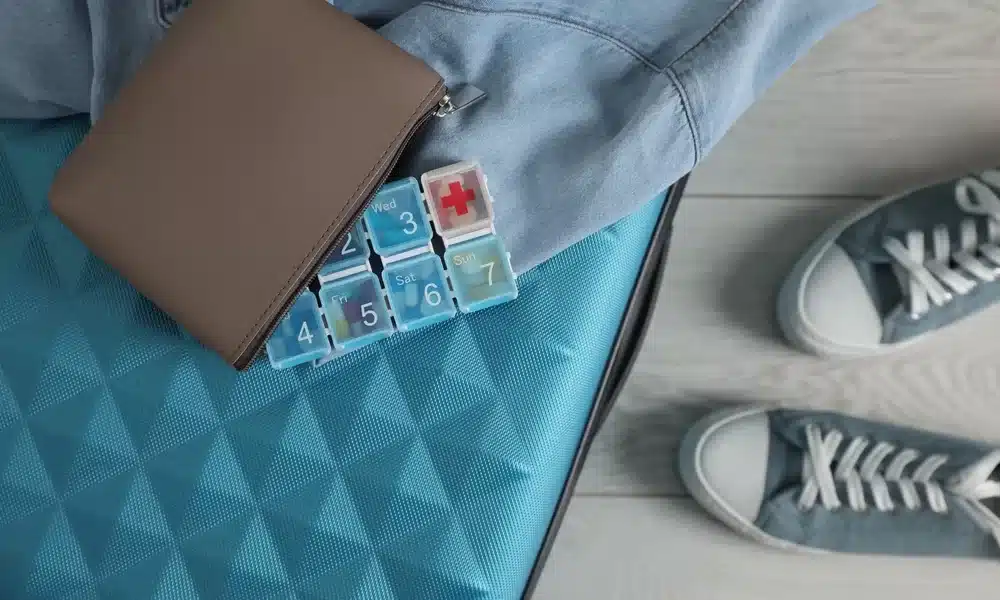
Medication
Provide step-by-step instructions on how to pack medication safely and ensure an adequate supply for the duration of the trip.
Documentation and Prescriptions
It’s crucial to carry all necessary documentation and prescriptions related to your medication. These may include a copy of your prescription, a letter from your doctor detailing your medical condition and medication needs, as well as a dosage schedule. Having these documents on hand serves two main purposes: it facilitates smooth transitions at security checks, particularly at airports, and ensures you can access emergency medical care if a pain flare occurs.
Dosage Schedule
Maintaining a regular dosage schedule while on vacation is pivotal for managing pain flares. However, a change in time zone or daily routines can make this challenging. If this is the case, it’s recommended to discuss with your doctor before your trip and establish a modified schedule. This way, you can avoid missing doses and keep pain at bay. Remember, consistency is key to preventing and managing pain flare-ups effectively.
Heat Packs and Portable Heating Devices
Packing heat packs or portable heating devices is a highly recommended step to alleviate pain during flare-ups. Heat therapy can help to relax your muscles, increase blood flow, and reduce spasms, providing immediate relief during a pain flare. There are many portable heat therapy options available, such as disposable heat packs that heat up when activated or rechargeable heating pads. Ensure to pack adequate supplies for the duration of your trip. Remember, if you are flying, check the airline’s policy on carrying these items in your hand luggage. By having these heat therapy options readily available, you can ensure quick and effective relief during a pain flare-up, allowing you to continue enjoying your vacation.
Pain Relief Creams or Balms
In addition to heat therapy, consider packing pain relief creams or balms for topical application. They can provide fast, targeted relief to the affected area during a pain flare. These products often contain active ingredients like menthol, camphor, or capsaicin, which work by numbing the skin, reducing inflammation, or blocking pain signals. The advantage of topical pain relievers is that they can be applied as often as needed without the risk of systemic side effects associated with oral medications. As always, follow the application instructions on the product packaging and consult your doctor if you’re unsure about using a particular product. By having these items in your emergency kit, you increase your arsenal of pain management tools, empowering you to better handle any pain flares that might occur during your vacation.
Strategies for Managing Pain Flares During the Vacation
Listening to Your Body and Taking Regular Breaks:
One of the most important ways to manage pain flares while on holiday is by listening to your body and knowing when it’s time to rest. Travel can put a lot of pressure on us, and it’s easy to get caught up in the excitement of discovering a new place and ignore early warning signs. This can worsen your condition and result in a flare-up.
Make sure to include regular breaks in your holiday itinerary. These breaks provide you with the chance to rest, recharge, and evaluate how you’re feeling. It’s totally okay to take a break if you need to. Your vacation isn’t a race, it’s a time to relax and enjoy yourself.
By listening to your body’s needs and taking breaks when you need them, you’re more likely to manage pain flares more effectively and enjoy a smoother and more enjoyable holiday.
Incorporating Short Breaks: Prevent Pain from Escalating:
Short breaks aren’t just a good idea – they’re a necessity. They provide your body with the rest it needs so that pain flares don’t spiral out of control.
When planning your daily schedule, don’t forget to include activities with breaks in between. Whether that’s a quick cup of coffee at a local cafe after a morning full of sightseeing or a relaxing break in a quiet park before heading out for an evening stroll, it’s important to listen to your body’s signals and don’t push yourself too hard.
It’s easy to get caught up in trying to fit in as many activities as possible in one day. But balance is the key to having a great vacation. By giving your body time to rest regularly, you’re actively preventing pain flares from spiraling out of control, which means you’ll have a more enjoyable, more comfortable vacation
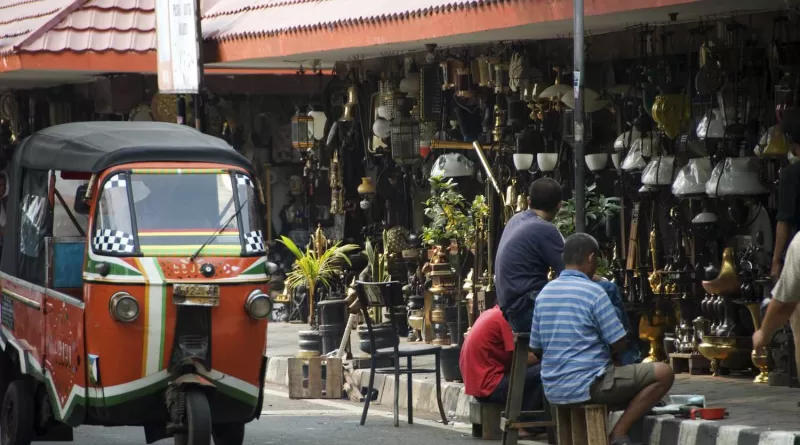
Finding Alternative Activities
Vacations don’t always have to be physically strenuous to be enjoyable. There are a plethora of activities that require minimal physical exertion yet provide a rich and fulfilling experience. Sightseeing by car is one such activity. This can be an excellent way to explore the scenic beauty, historical landmarks, and cultural hotspots of your holiday destination. Many cities offer private car hire services with a local driver who can double as a guide, enriching your sightseeing experience with local insights. It’s a great way to cover larger distances without causing physical discomfort or exacerbating pain flares.
Finding enjoyable activities that are less physically demanding is a key strategy in managing pain flares during your vacation. Here are a few suggestions:
Scenic Drives and Guided Tours: Explore the local beauty without exerting yourself physically through a scenic drive or a guided bus tour. These options allow you to marvel at the landscapes, architecture, and culture of the location with minimal physical effort.
Museums and Art Galleries: Engage your mind and stimulate your senses by visiting local museums, art galleries, or even historical sites. These venues often provide seating areas and the pace of exploration is typically slower and more relaxed.
Workshops and Classes: Local workshops or classes such as cooking, pottery, or painting can offer a delightful and engaging experience without physical strain. These activities are not only entertaining but also offer a unique insight into the local culture.
Outdoor Leisure Activities: Consider leisurely outdoor activities like bird-watching, fishing, or picnicking in a local park. These activities allow you to connect with nature, without overexerting yourself.
In the end, remember that your vacation is about relaxation and enjoyment. You don’t have to engage in strenuous activities to have a memorable experience. Listen to your body and choose activities that are comfortable and enjoyable for you.
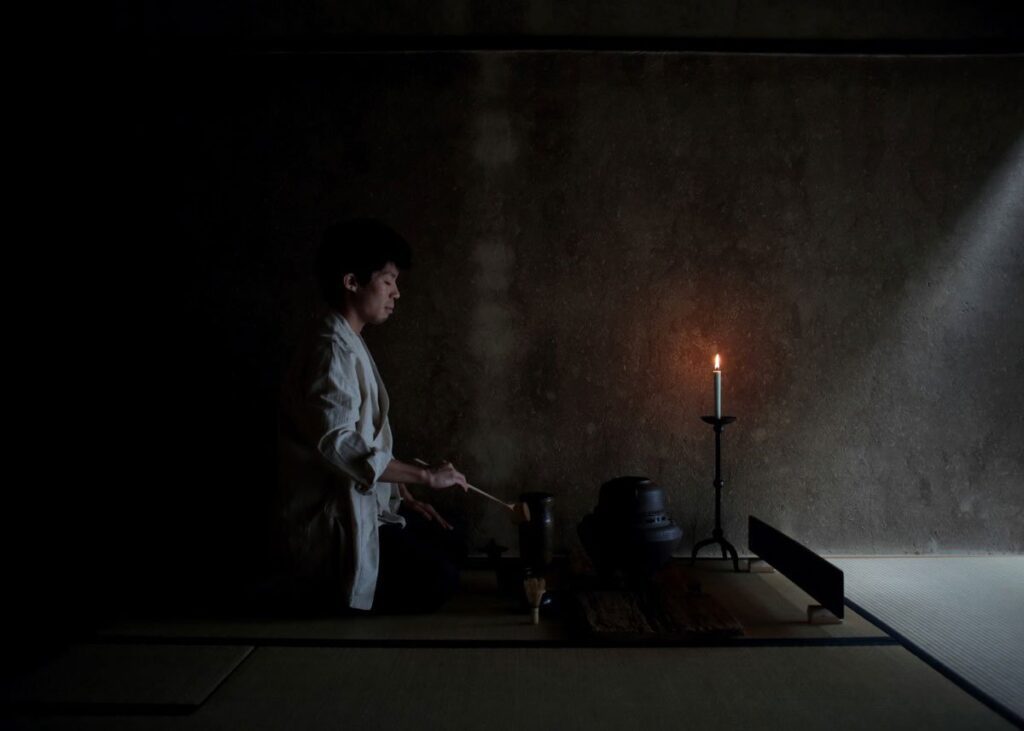
Identifying Quiet Spaces
Knowing where to find quiet spaces in your travel destination can make a world of difference when it comes to managing your pain flares. These quiet spaces can be a great place to relax, recover, and take a break from the hectic pace of your holiday.
Do your research and plan ahead by visiting parks, libraries, and even quiet cafes in the area you’ll be visiting. A lot of tourist attractions also have quiet corners that you might not be aware of. Some accommodations may even have a secluded garden or even a quiet lounge where you can relax. Knowing where to find these quiet spaces ahead of time will save you a lot of time and effort when you need a break during your holiday.
Remember, your vacation is meant to be a time for relaxation and recuperation, and having a quiet space to retreat to can make all the difference. By planning ahead, you can ensure you’re able to handle pain flares effectively while continuing to enjoy your vacation.
Seeking Serene Spaces
Seeking out serene spaces during your vacation is an essential strategy for managing pain flares. A peaceful environment can significantly aid in relaxation, stress relief, and overall pain management. Whether it’s a secluded beach, a peaceful garden, or even a quiet corner in a public library, these spots can offer you a safe haven where you can retreat, breathe, and focus on managing your pain.
In a serene environment, you can practice mindfulness, meditation, or deep-breathing exercises, all of which are known to reduce stress and help manage pain. Being in a tranquil setting also allows you to detach from the bustling vacation activities, enabling you to be in tune with your body and recognize any signs of a looming pain flare.
Remember, the aim of your vacation is to enjoy, rejuvenate and relax. So, don’t hesitate to seek out these serene spaces where you can comfortably manage your pain flares and continue to make the most of your vacation.

Open Communication with Travel Companions:
Communicating with your travel partners about pain flares and your physical limitations is essential for a stress-free and enjoyable holiday. It’s important that your travel companions understand your situation so that they can make adjustments or accommodate you if needed.
Make sure to communicate your needs in a clear and concise manner and explain what you are able to do and what you are not able to do. Make sure to share with your travel partners your coping methods for managing your pain flares so that they are aware of them and can help or support you in any way they can.
Tell your travel companion when you’re not feeling well, and don’t be afraid to ask for their help.
Communication can also help you manage expectations and prevent misunderstandings during your trip. When you and your travel companion understand each other’s needs and limitations, not only does it reduce stress, but it also helps you manage your pain and enjoy your vacation.
Remember that understanding and compassion from your travel partners can make all the difference in your travel experience. So, being honest and open about your pain can help you enjoy your vacation as much as possible.
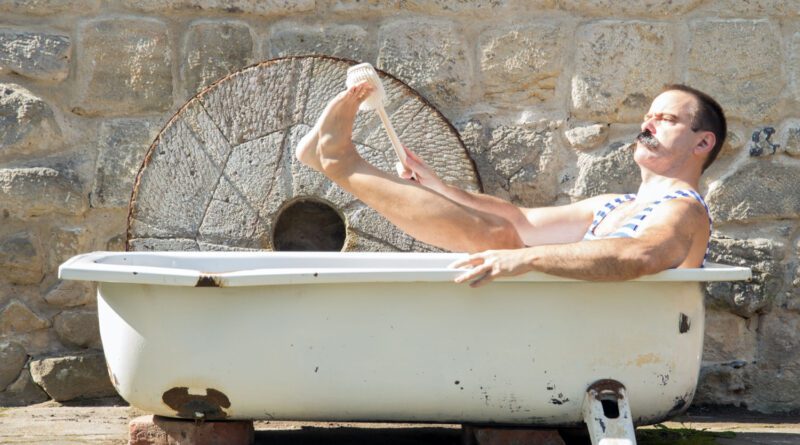
Listening to Your Body and Self-Care During Vacation
Listening to Your Body and Recognizing Personal Pain Thresholds:
It’s crucial to tune into your body’s signals and recognize your personal pain thresholds while on vacation. This self-awareness is a key aspect of managing pain flares effectively. No one knows your body better than yourself – and learning to listen to its signals can help you avoid overexertion and prevent a pain flare from escalating.
Recognizing your personal pain thresholds means understanding when you need to slow down, take a break, or even call it a day. It involves being mindful of your body’s reactions to different activities and environments, and making adjustments accordingly. This might mean skipping a planned activity, taking frequent breaks during a sightseeing excursion, or opting for a restful day in your accommodation.
It’s important to remember that listening to your body doesn’t mean you’re letting pain control your vacation. Instead, it’s about proactively managing your pain so you can enjoy your holiday to the fullest. By recognizing your personal pain thresholds and responding to your body’s signals, you can better manage pain flares and enhance your overall vacation experience.
Prioritizing Self-Care Activities:
If you’re dealing with pain flares while on vacation, it’s important to take care of yourself. Doing things that relax you and reduce stress can help. Try relaxation techniques like guided imagery, muscle relaxation, and mindful breathing to help calm your mind and reduce tension.
Warm baths are also great for relieving pain, as the warmth helps relax your muscles and ease tension. Some room have jacuzzis or hot tub access – it gives you extra benefits like hydrotherapy which can help you relax and get relief from pain.
Check Out Our Section on Hydrotherapy: Hot Water
Gentle stretches can be beneficial, particularly after a strenuous day of traveling or sightseeing. These simple stretching exercises can help to reduce stiffness, increase flexibility, and improve blood circulation, which can in turn help to manage pain. It is important to remember that your vacation is a time for relaxation and self-care. Make sure to focus on activities that meet your needs and promote your overall well-being. This will not only improve your vacation but also help to manage pain flares more effectively.
Conclusion
To sum up quickly, the best way to manage pain flares on vacation is to focus on the following:
1. Find a quiet place to practice relaxation techniques
2. Listen to your body
3. Know your own pain threshold
4. Don’t overdo it
5. Take warm baths
6. Do gentle stretches
7. Prioritise self-care
8. Remember that you’re on vacation, so enjoy and relax!
